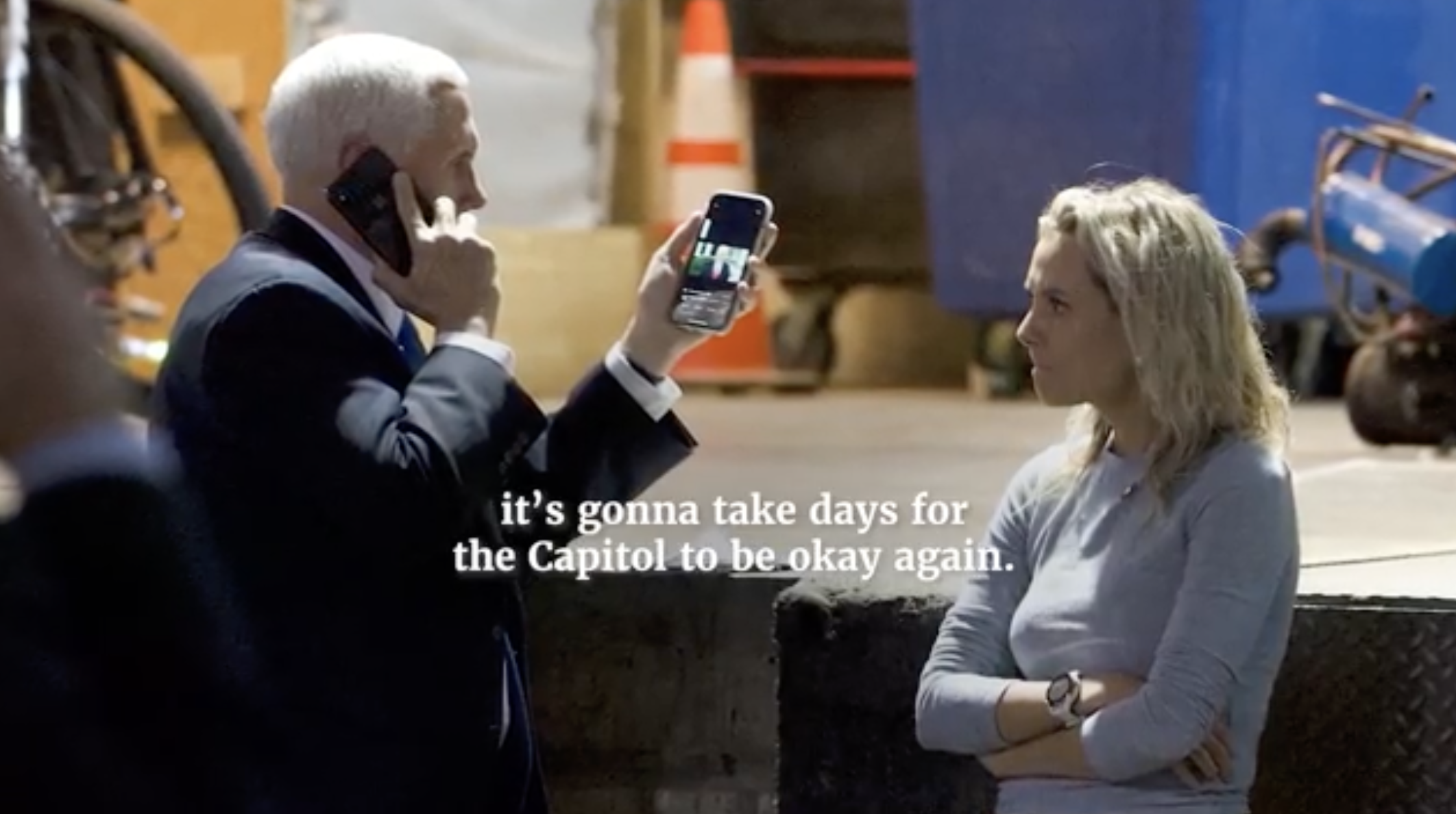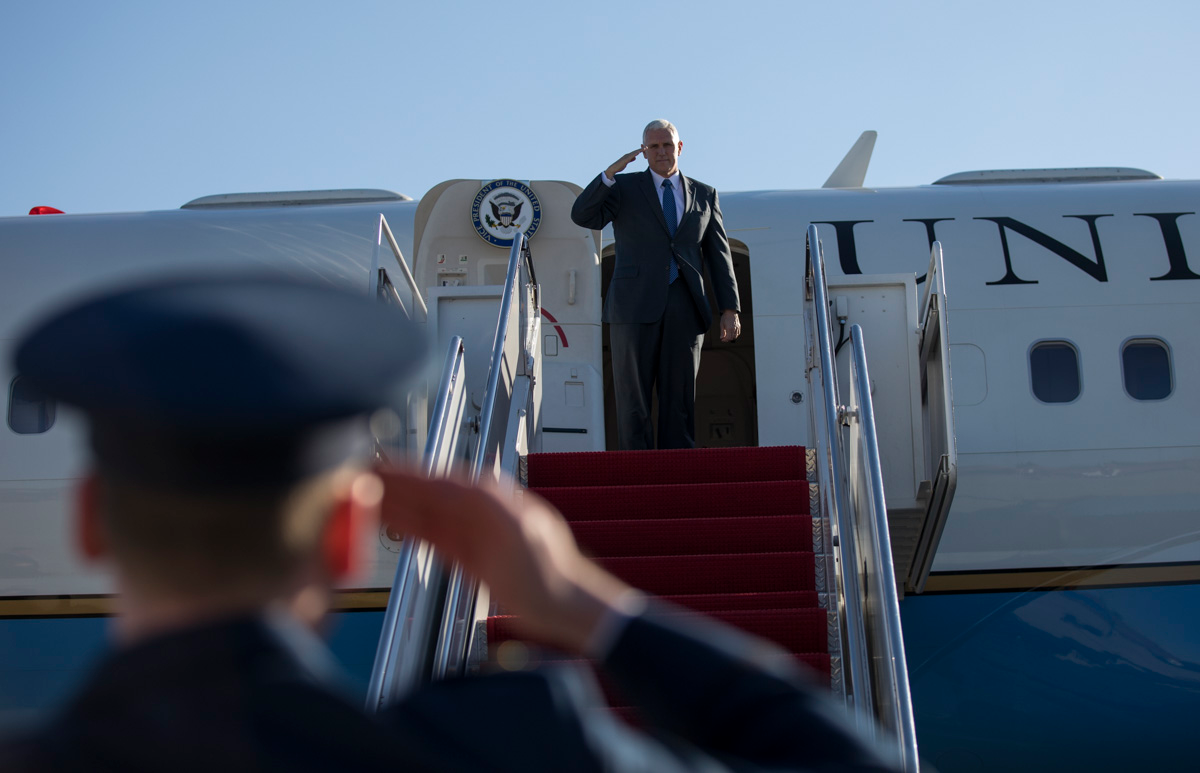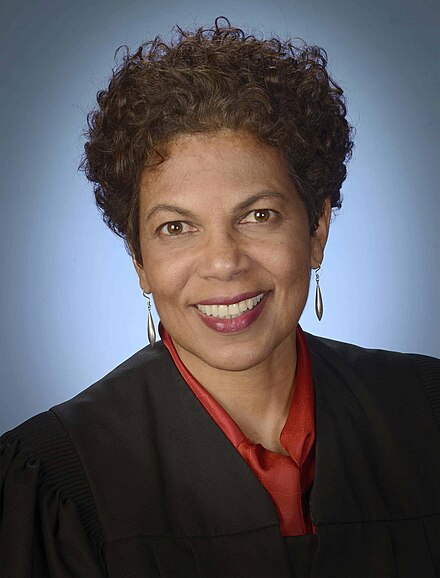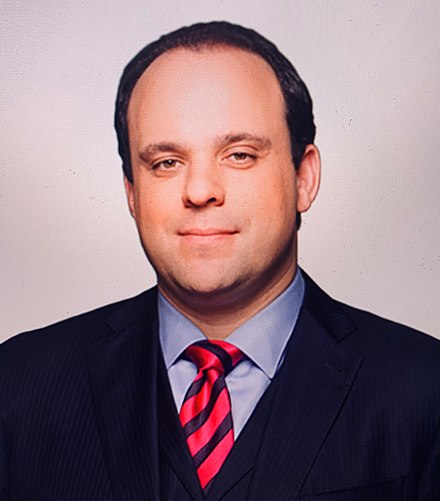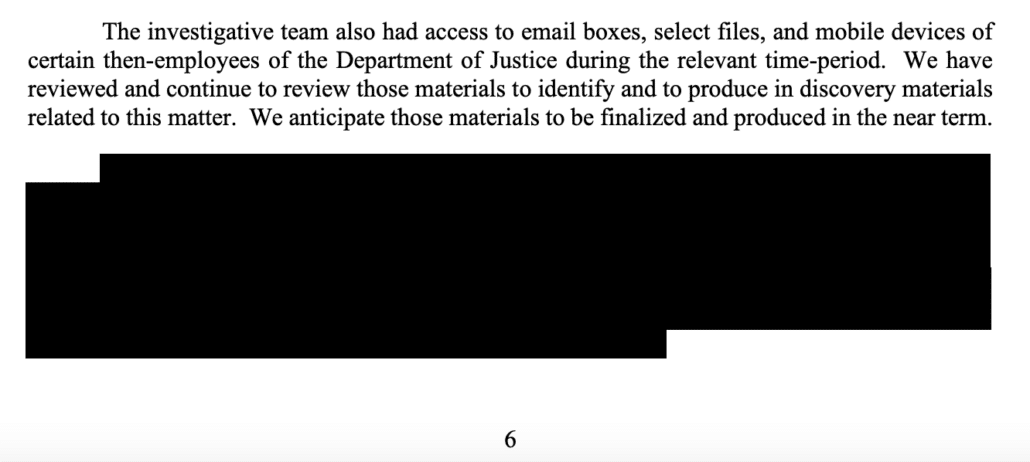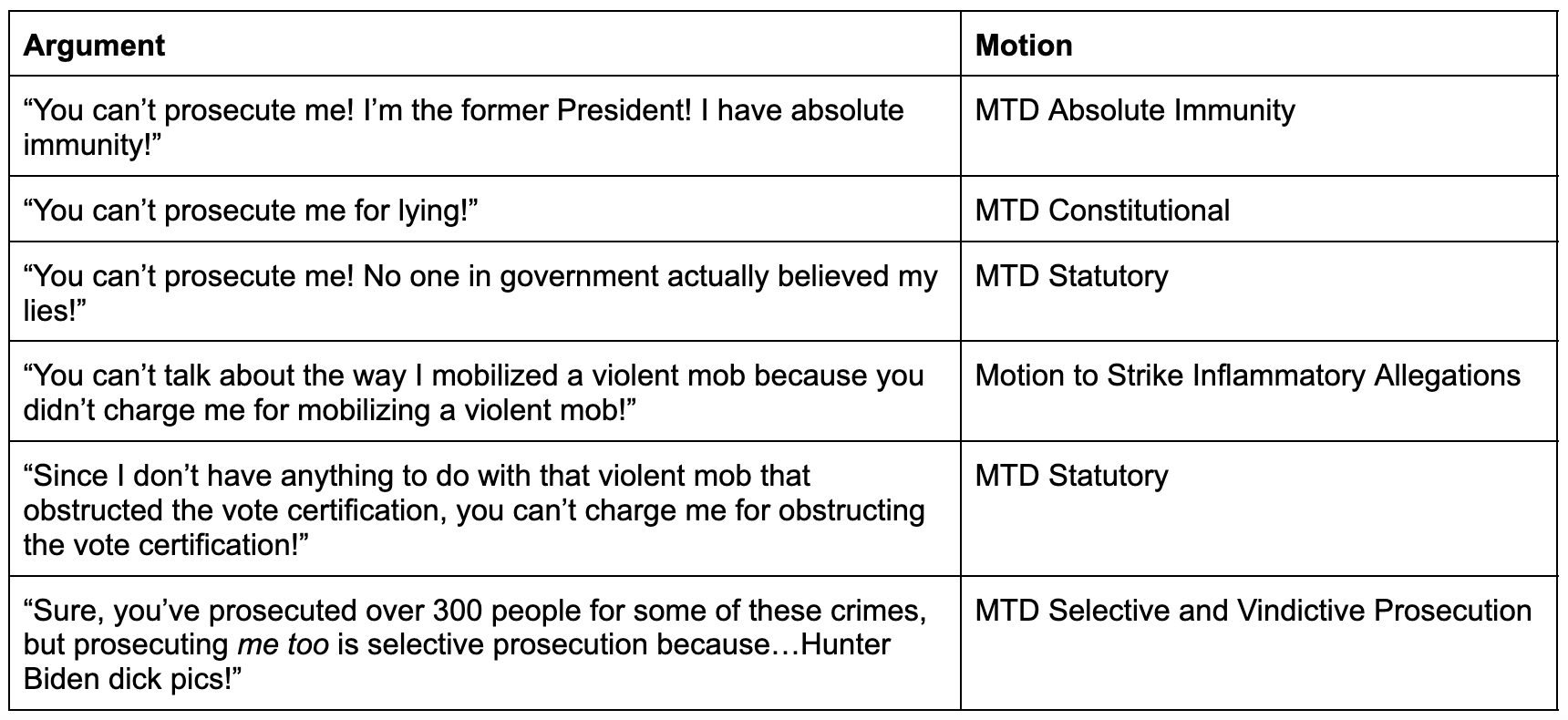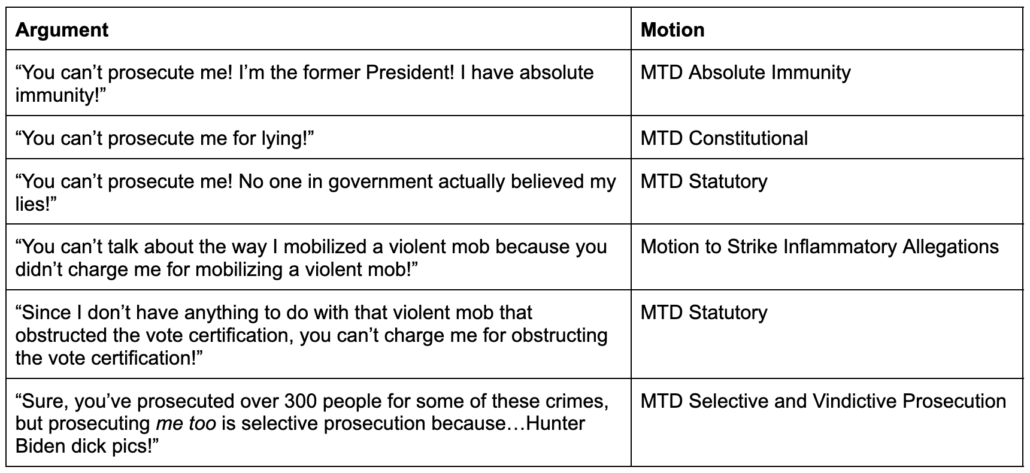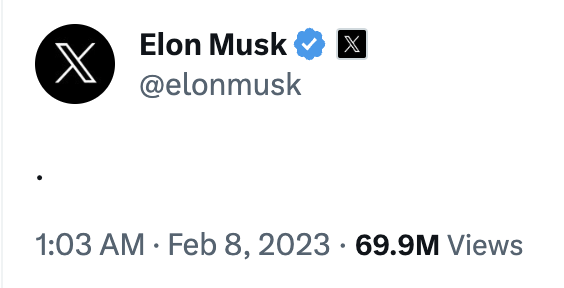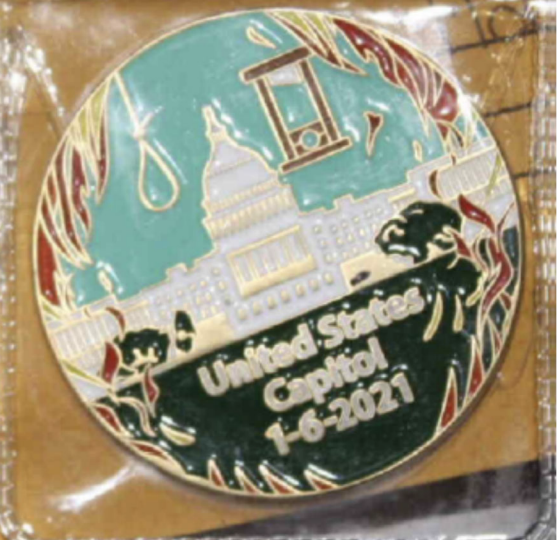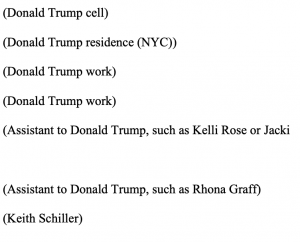The Immunity Brief: How We Got Here, Where We’re Going
I want to take a step back and put the immunity briefing released yesterday in context.
On July 1, after SCOTUS released its immunity opinion on the last possible day, it remanded the case back to Judge Tanya Chutkan to assess what was immune under the newly rewritten Constitution.
As soon as she got the case back, Judge Chutkan ordered a status report for August 9 and a status hearing for August 16. But then on August 8, Jack Smith said, sorry, can we have more time? I correctly predicted then that Smith was superseding the indictment, which Smith did do on August 27 (for reasons I won’t yet explain, this filing makes me think we may see more charges after the election).
In a September 5 status hearing, prosecutors successfully persuaded Judge Chutkan to let them deal with the remand by first submitting a brief explaining how the new indictment complies with SCOTUS’ rewritten Constitution. During the hearing, Chutkan reiterated something she has said from the start: she’s not going to let the election stall this prosecution.
I understand there is an election impending, and I’ve said before and I say again that the electoral process and the timing of the election and what needs to happen before or shouldn’t happen before the election is not relevant here.
This Court is not concerned with the electoral schedule. Yes, there’s an election coming. But the sensitive time that you’re talking about, if you’re talking about the timing of legal issues and the timing of evidentiary issues in relation to when the election is, that’s not — that’s nothing I’m going to consider.
Trump’s team ignored that warning, wailing about the election in a filing that was supposed to be about discovery. They wailed again in response to Jack Smith’s request to file a 180-page brief. In her order granting Smith’s request, Chutkan again swatted back at Trump’s election wails.
In response, defense counsel reframed the problem as an “election dispute,” insisting that “it’s incredibly unfair in the sense that they’re able to put in the public record at this very sensitive time in our nation’s history.” Id. at 28–29. But Defendant’s concern with the political consequences of these proceedings does not bear on the pretrial schedule; “what needs to happen before or shouldn’t happen before the election is not relevant here.” Id. at 29.
When the prosecutors asked to file its brief in redacted form (which they had warned it would do, and which they noted complied with the protective order in the case), Judge Chutkan gave Trump a deadline of noon on Tuesday — a clear sign she didn’t want to dawdle over redaction fights. Nevertheless, in their reply, Trump’s lawyers accused Smith of “improper political considerations” again, rather than disputing any particular redaction. By choosing to offer no more than generalized complaints for more redactions (redactions that might have hidden, just as one example, how many times current Trump campaign advisor Jason Miller told Trump he had lost, lost, lost the election in 2020), Trump’s team sunk their chance to delay the redactions. I thought it might be quick, but didn’t expect it to come as soon as last night.
In her opinion ordering the motion to be unsealed, Judge Chutkan expressed increasing impatience with Trump’s claims of politicization. Trump already got his shot at a vindictive prosecution claim, Chutkan noted, which she rejected as soon as she got the case back in August.
In addition to the assertions discussed above, Defendant’s opposition brief repeatedly accuses the Government of bad-faith partisan bias. See Def.’s Opp’n at 2, 5–6. These accusations, for which Defendant provides no support, continue a pattern of defense filings focusing on political rhetoric rather than addressing the legal issues at hand. See Oversized Brief Order at 2–3 (identifying two recent instances of this pattern). Not only is that focus unresponsive and unhelpful to the court, but it is also unbefitting of experienced defense counsel and undermining of the judicial proceedings in this case. Defendant has had an opportunity to make his case that his prosecution is improperly motivated. See Def.’s Mot. to Dismiss for Selective and Vindictive Prosecution, ECF No. 116. Future filings should be directed to the issues before the court.
Best as I can tell, Chutkan issued her order around 3:30PM ET yesterday, and the Smith filing posted around 3:35PM.
At 8PM — so well after they should have read Chutkan’s order — Trump’s team requested permission to file for excess pages as well, the same 180-pages that Smith got. They also asked to get a sur-reply, the kind of request that you normally make after someone raises a new issue in a reply, albeit one she effectively invited at the status hearing last month.
But they also asked for an extension for their response until after the election, until November 21. Not only do they offer almost no excuse for the delay, aside from existing deadlines, one of which is for today and the other of which is for an attack on the Special Counsel appointment that conflicts with DC Circuit precedents. But they misrepresent the timing that has already occurred, suggesting that the time DOJ took to consult with others at DOJ and supersede the indictment was rather time they took to write the immunity brief.
[T]he Court granted the Special Counsel’s request for an additional three weeks to complete its drafting, setting a September 26, 2024, deadline.
[snip]
This resembles the 3-week extension the Court previously provided the Special Counsel, Aug. 9, 2024, Minute Order, which allowed the Special Counsel to work on its initial brief before the September status conference. In total, the requested extension would provide President Trump 8 weeks to file his Response, which approximates the 6 weeks the Court granted the Special Counsel (including a 3-week extension before the status conference, and an additional 3 weeks thereafter to finalize its brief and exhibits).
Trump’s lawyers offer no justification for the extension, at all, that arises from their own time constraints (for example, the Jewish high holy days, which have a habit of messing with many a criminal docket, or their other caseload). They simply want more time because, they falsely claim, Jack Smith got more time.
Jack Smith wrote a 180-page filing in three weeks.
And Judge Chutkan already knows that Trump’s team can work quickly. At the status hearing on September 5, when John Lauro similarly tried to stall, Thomas Windom pointed out that in July, Trump’s attorneys wrote a 52-page attack on the New York State hush payment case in nine days.
I want to point out just as a data point for your Honor, on July 10th of this year, the Defendant, in his New York State criminal case, the Defendant and two of the attorneys sitting at this table filed a 52-page motion to vacate his state criminal conviction on the grounds of a Supreme Court opinion that came out nine days before. Fifty-two pages covering an entire trial record in nine days.
The defense can move comprehensively, quickly and well. So can we. And the Court should consider that in setting its schedule. The final piece, your Honor —
THE COURT: Congratulations, Mr. Blanche.
That’s in the court record now: At a pace of 52 pages in nine days, Trump’s team should be able to file their 180 pages in a month.
But a month is longer than their current deadline, which is three weeks. So I wouldn’t be surprised if Chutkan did give them some relief. Even if she gives them one week, it’d bump right up against election day, which is transparently the point.
It is likely that Trump will not have to explain himself until after voters have already weighed in.
Back on August 31, I noted that Trump really didn’t want to have to justify almost getting Mike Pence killed on January 6.
In 2016, Donald Trump bragged, “I could stand in the middle of Fifth Avenue and shoot somebody, and I wouldn’t lose any voters, OK?”
This election, Trump wants to hide from voters details of how he almost killed his Vice President, Mike Pence, and his claim that doing so was an official act protected by presidential immunity.
That’s the primary thing you need to know about the joint status report presented to Judge Tanya Chutkan in Trump’s January prosecution last night.
[snip]
There are a bunch of legal details in this status report. But given the near certainty that if Trump wins, the entire prosecution will go away, the only one that really matters is that, this election, Trump isn’t so sure that he would lose no votes if he shot someone on Fifth Avenue — or if voters learned why and how he almost had his Vice President assassinated in the US Capitol — as he was in 2016.
Trump doesn’t want to tell voters he thinks that as President, he could have Mike Pence shot on the Senate floor — shot as punishment because his Vice President refused an illegal order to steal an election — and be immune from any consequences for doing so.
But there must be more than that. After all, the allegation is out there, along with the new revelation that after Trump sent the tweet targeting Pence at 2:24PM, someone (probably Nick Luna) rushed into Trump’s dining room and told him Pence had been moved to a secure location. “So what?” Trump said as his Vice President was hearing chants of “hang Mike Pence” from Trump’s rioters.
Trump wants to boot this past not just the election, but also the aftermath.
Perhaps Trump just wants to leave open the possibility of never responding. If he wins, Judge Chutkan would have very few tools to enforce her deadlines, even in the two months before Trump was inaugurated.
Or perhaps Trump doesn’t want to address a coup strategy that he plans to reuse?
Update: I mean, how familiar does all this feel, citing how Trump laid the groundwork for his coup attempt?
- In an interview on July 19, 2020, when asked repeatedly if he would accept the results of the election, the defendant said he would “have to see” and “it depends.”5
- On July 30, despite having voted by mail himself earlier that year, the defendant suggested that widespread mail-in voting provided cause for delaying the election, tweeting, “With Universal Mail-In Voting (not Absentee Voting, which is good), 2020 will be the most INACCURATE & FRAUDULENT Election in history. It will be a great embarrassment to the USA. Delay the Election until people can properly, securely and safely vote???”6
- In an interview on August 2, the defendant claimed, without any basis, that “[t]here is no way you can go through a mail-in vote without massive cheating.”7
- At a campaign event in Wisconsin on August 17, the defendant told his supporters, “[t]he only way we’re going to lose this election is if the election is rigged, remember that. It’s the only way we’re going to lose this election, so we have to be very careful.”8
- In his acceptance speech at the Republican National Convention on August 24, the defendant said that “[t]he only way they can take this election away from us is if this is a rigged election.”9
- On October 27, during remarks regarding his campaign, the defendant said, “[i]t would be very, very proper and very nice if a winner were declared on November 3rd, instead of counting ballots for two weeks, which is totally inappropriate, and I don’t believe that that’s by our laws. I don’t believe that. So we’ll see what happens.”10 The defendant said this despite—or perhaps because—his private advisors had informed him that it was unlikely that the winner of the election would be declared on November 3.
Update: As I suspected she might, Judge Chutkan gave Trump more time — just enough to get beyond the election. But not all the time he requested.
MINUTE ORDER as to DONALD J. TRUMP: Defendant’s [253] “Motion to Extend Page Limits and Time to Respond to Government’s Motion for Immunity Determinations and for Leave to File a Sur-Reply” is hereby GRANTED in part and DENIED in part. The court’s [233] Order is MODIFIED as follows: Defendant’s combined Response and Renewed Motion to Dismiss Based on Presidential Immunity is due November 7, 2024 and may include up to 180 pages; the Government’s combined Reply and Opposition is due November 21, 2024; and Defendant may file a combined Reply and Sur-Reply by December 5, 2024. Signed by Judge Tanya S. Chutkan on 10/3/2024. (zcll)

